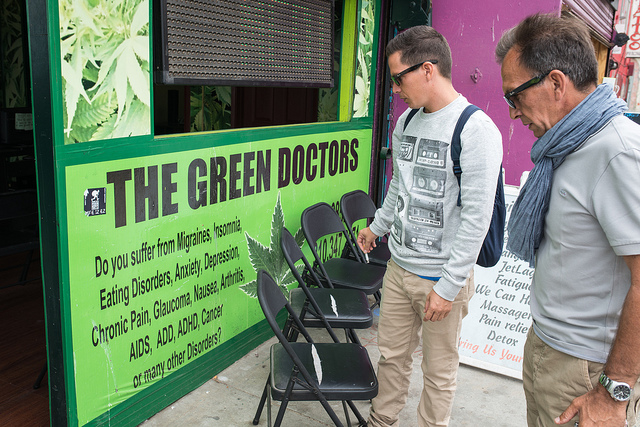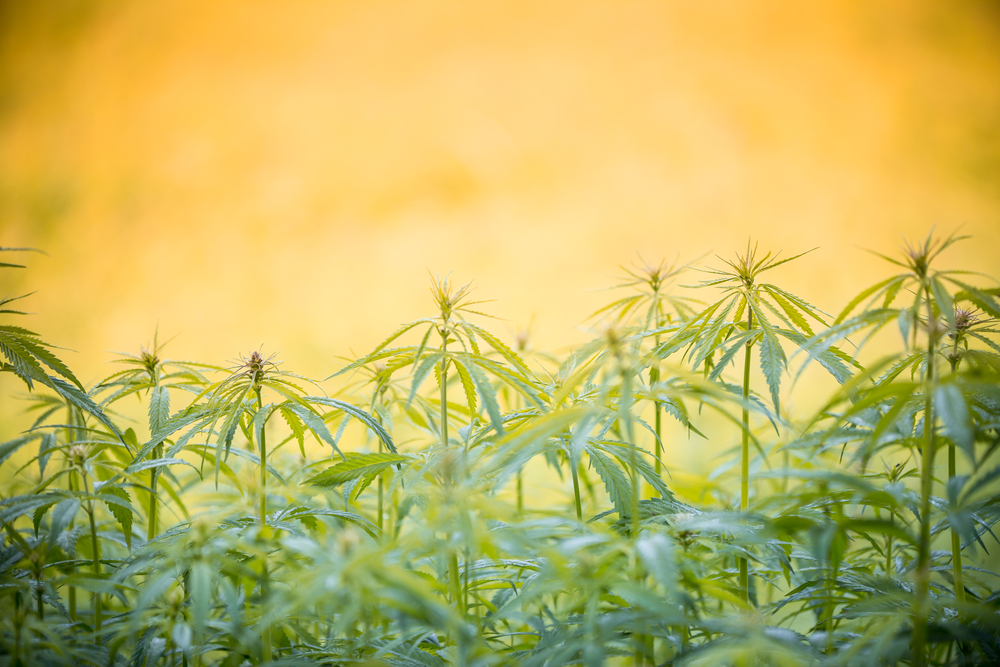
The news stories about cannabis have been coming thick and fast over recent weeks. There seems to be something of a sea change in relation to decriminalising and legalising the drug in some US states and Latin American countries. As always, when legal changes such as these are passed there are concerned voices: “But what about the children!?”
Today, the Lancet Psychiatry published a relevant meta-analysis of individual patient data and the press release contains some attention-grabbing numbers:
Individuals who are daily users of cannabis before age 17 were over 60% less likely to complete high school or obtain a degree compared to those who have never used the drug.
Daily users of cannabis during adolescence were 7 times more likely to attempt suicide, have an 18 times greater chance of cannabis dependence, and are 8 times as likely to use other illicit drugs in later life.
Well, reading this got our pointy ears a-twitchin’, so we donned our elf hats and started perusing the paper to see if the actual evidence backs up these headline-friendly statistics.

In England in 2012, 4% of 11-15 year olds reported cannabis use in the past month.
Methods
The authors combined data from three long-running longitudinal studies from down-under:
- The Australian Temperament Project (ATP)
- The Christchurch Health and Development Study (CHDS)
- The Victorian Adolescent Health Cohort Study (VAHCS)
The total number of participants included in the analysis varied, depending on the outcome (2,537 to 3,765 participants).
Seven outcomes were investigated including educational attainment, substance use, mental health, and welfare dependence.
All 3 studies investigated cannabis use in young people over many years and looked at specific outcomes up to the age of 30 years old. Drug use and outcomes were not measured consistently from one study to the next, but the authors say that: “sufficient commonalities existed to enable integration of data and development of measures that were consistent across studies”.
The different studies did not always use consistent outcome measures, so the authors developed a series of dichotomous measures, which enabled them to pool the data into an integrated dataset that combined participant-level data from the different cohorts.
They used statistical techniques to investigate the sensitivity of the results to the influence of potential confounding variables and the potential for selection bias in the study cohorts.

Legislative changes in many countries have made high street access to cannabis a real possibility for some. Photo: WiLPrZ CC BY-SA 2.0
Results
The paper reports “clear and consistent associations and dose-response relations between the frequency of adolescent cannabis use and all adverse young adult outcomes”.
Compared with people who had never used cannabis, daily users before age 17 years had:
- Clear reductions in the odds of:
- High-school completion (adjusted odds ratio 0·37, 95% CI 0·20 to 0·66)
- Degree attainment (0·38, 0·22 to 0·66)
- Substantially increased odds of later:
- Cannabis dependence (17·95, 9·44 to 34·12)
- Use of other illicit drugs (7·80, 4·46 to 13·63)
- Suicide attempt (6·83, 2·04 to 22·90)
Conclusions
The authors concluded:
Prevention or delay of cannabis use in adolescence is likely to have broad health and social benefits. Efforts to reform cannabis legislation should be carefully assessed to ensure they reduce adolescent cannabis use and prevent potentially adverse developmental effects.
Writing in a linked Comment, Merete Nordentoft, Professor of Psychiatry at the University of Copenhagen in Denmark said:
The convincing results presented by Silins and colleagues are very valuable and highly appropriate at a time when several American states and countries in Latin America and Europe have decriminalised or legalised cannabis and allow unrestricted marketing of various formulations of the drug. Such changes in legislation will probably be followed by decreased prices and increased use, which will lead to more young people having difficulties with school completion and social and personal maturation, and will increase the risk of psychosis.

Regular cannabis use before age 17 is linked with lower high school completion and degree attainment.
Limitations
- This is not an interventional study. The conclusion that “prevention or delay of cannabis use in adolescence is likely to have broad health and social benefits” might be a plausible hypothesis that is worth testing, but it’s not evidence-based advice that can be made based on these observational studies.
- This is not a systematic review. It’s a meta-analysis of just 3 studies, which means that there are likely to be many more studies out there, which may bring back a different set of results.
- It appears that the reviewers didn’t define the measures of exposure and outcome in advance in a prospective protocol, but rather developed them after looking at the data. This might lead to data dredging and a greater risk of “false positive” associations turning up in the data by chance.
- There was high variability on many reported outcomes (see table 1 in the paper). This variability implies heterogeneity across the 3 included studies.
- For the outcomes of welfare dependency and depression, statistical significance was heavily dependent on one study.
- On the other hand, there was clear evidence of a dose-response effect with respect to impact on educational attainment, seen consistently across all three.
- There are wide confidence intervals around some of the results (e.g. suicide attempts), which obviously makes the findings less certain.
- Loss to follow-up is high in places.
- The 3 pooled studies are different in the way they consider covariates and there are lots of differences in terms of confounding variables.
Commentary
There is a significant body of existing research which shows that cannabis use is associated with a variety of negative outcomes, e.g. psychotic experiences at age 18. This new study adds to our knowledge, but what can we really take away?
No-one will be surprised to hear that young people who use cannabis are more likely to become dependent on cannabis or use other illicit drugs, than individuals who do not use cannabis. That’s hardly earth-shattering evidence that should be filling press releases.
The findings relating to suicide attempts are statistically significant, but based on small numbers of participants from just 2 of the studies, so these results should be cautiously reported.
The most compelling evidence of a dose-response relationship is for cannabis use and educational outcomes. This is our main take-home message from the research: regular cannabis use before age 17 is linked with lower high school completion and degree attainment.
We look forward to seeing further studies published in this area, which establish stronger links between cannabis use and the full range of health and social outcomes. This meta-analysis is an important step forward but more evidence is needed to show that, for some outcomes, cannabis use is not simply a marker for having a tough childhood.
Links
Silins E, Horwood LJ, Patton GC, Fergusson DM, Olsson CA, Hutchinson DM, Spry E, Toumbourou JW, Degenhardt L, Swift W, Coffey C, Tait RJ, Letcher P, Copeland J, Mattick RP, for the Cannabis Cohorts Research Consortium. Young adult sequelae of adolescent cannabis use: an integrative analysis. Lancet Psychiatry 2014; 1: 286–93. [Abstract]
Henderson H, Nass L, Payne C, Phelps A, Ryley A. Smoking, drinking and drug use among young people in England in 2012. Health and Social Care Information Centre, 2013.
